#The Innovation Algorithm
Explore tagged Tumblr posts
Text
The Innovation Algorithm: DeepSeek, Japan, and How Constraints Drive AI Breakthroughs
In technology, less can truly be more. Scarcity doesn’t strangle progress—it refines it. DeepSeek, cut off from high-end hardware, and Japan, facing a demographic reckoning, are proving that limitations don’t merely shape innovation—they accelerate it. From evolutionary biology to AI, history shows that the most profound breakthroughs don’t originate from excess, but from the pressure to rethink,…
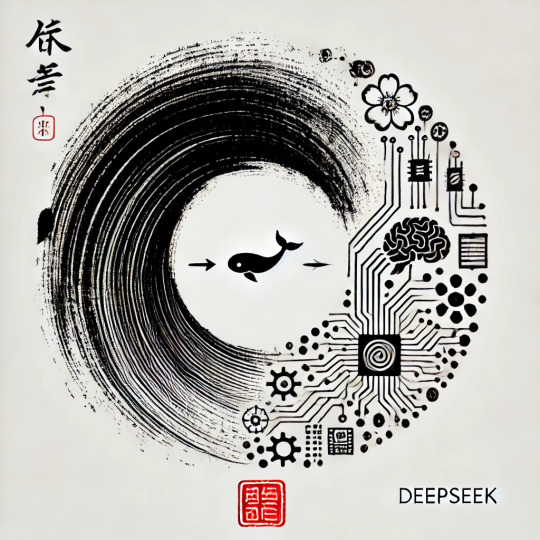
View On WordPress
#AI#AI governance#AI Safety#China#DeepSeek#Emergence#Engineering Breakthroughs#Japan#Korea#Science and Innovation#Symbiosis#Technology#The Innovation Algorithm#Theory of Change
0 notes
Link
Check out this awesome '90 % Human, 10% Algorithm' design on @TeePublic!
#teepublic#ai#ai generated#artificial intelligence#design#digital art#art#algorithm#technology#potrait#aesthetic#digital illustration#digital innovation#typography#futuristic
27 notes
·
View notes
Text
not that i wasn't doing it for the longest time in the 2010s and it probably is a stepping stone that many younger artists will eventually outgrow but man something about the pinterest reference industrial complex bums me out.... nothing takes the magic out of a piece of art like seeing it and being like i know exactly what photo from the aesthetic side of pinterest this pose/study is from
#ive been an artist my entire life i know there's nothing wrong with using references. this is not what im talking about#it's about algorithmic homogeneity. it's about colloquial aesthetic over substance.#and like... just a total indifference to innovation. no one is playing with their art anymore. no one is pushing the reference#<- frustrated generalization. what i actually mean is this has become common in certain digital art circles#to be fair this is way more glaring on instagram. but still#the silver lining though is that noticing this has made ME way more aware of how i interact with references#and pushed me to come up with poses on my own
72 notes
·
View notes
Text
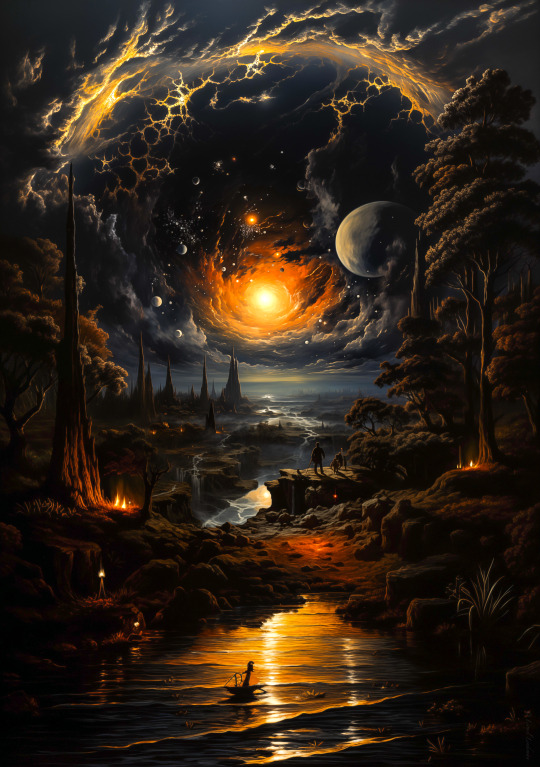
#ai#artificialintelligence#machinelearning#neuralnetworks#deeplearning#robotics#automation#futuretech#techart#digitalart#futuristic#cyberspace#algorithm#dataanalysis#innovation#computergraphics#virtualreality#augmentedreality#conceptart#scifi#midjourneyartwork#midjourneyart
55 notes
·
View notes
Text

AI is changing the game in #logistics and #agriculture, but we need to be mindful of the ethical side of things.
At Pranathi Software Services, we’re here to help you navigate these challenges with AI that’s ethical, responsible, and sustainable. Ready to make smarter, more impactful AI choices? Let’s talk: https://www.pranathiss.com 👉📧 [email protected] 👉📲 +1 732 333 3037
#Algorithm#Logistics#EthicalAI#Sustainability#Innovation#agriculture#automation#AIproducts#AIservices
6 notes
·
View notes
Text
Quantum Computing: How Close Are We to a Technological Revolution?
1. Introduction Brief overview of quantum computing. Importance of quantum computing in the future of technology. 2. Understanding Quantum Computing Explanation of qubits, superposition, and entanglement. How quantum computing differs from classical computing. 3. The Current State of Quantum Computing Advances by major players (Google, IBM, Microsoft). Examples of quantum computing…
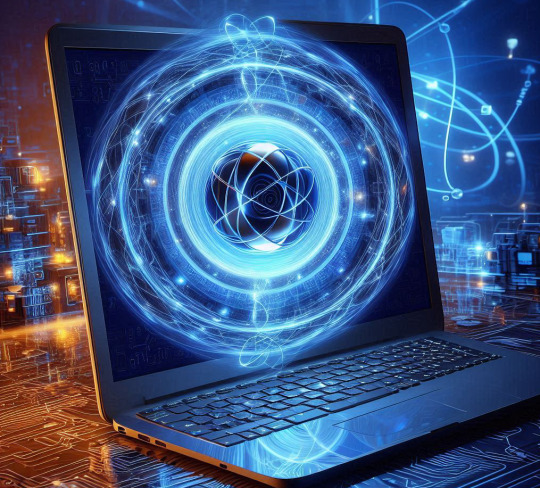
View On WordPress
#Artificial Intelligence#Climate Modeling#Economic Impact#Financial Modeling#Future of Computing#Future Technology#Global Tech Race#IBM#Machine Learning#NQM#Pharmaceutical Research#Qbits#Quantum Algorithms#Quantum Challenges#Quantum Computing#Quantum Cryptography#Quantum Hardware#Quantum Research#Quantum Supremacy#Tech Innovation#Tech Investments#Technology Trends
3 notes
·
View notes
Text
Revolutionize Your Art with Leonardo AI!
Leonardo AI is revolutionizing artistic creation with its advanced algorithms that transform real-world ideas into stunning masterpieces. This dynamic platform empowers us to design imaginative game assets, including characters, artifacts, landscapes, conceptual visuals, and intricate architectures.
By merging cutting-edge technology with our creative fervor, Leonardo AI enables artists and designers to bring their visions to life. It injects depth and vibrancy into our projects, making it perfect for those looking to elevate their creative endeavors. Discover how this AI-driven toolset offers an unparalleled environment for artistic innovation!

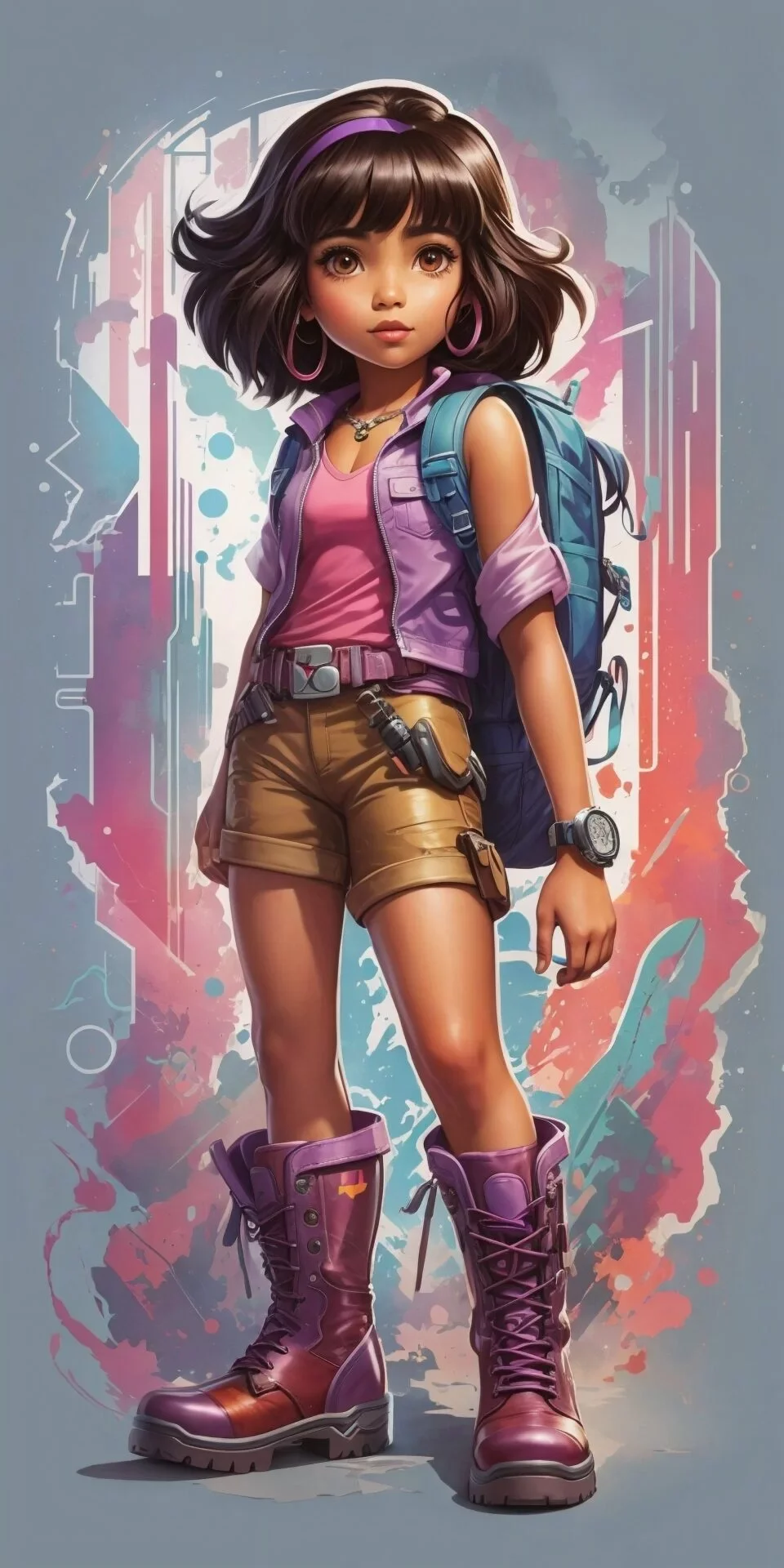
#LeonardoAI #ArtisticInnovation
#Leonardo AI#artistic revolution#creative tools#AI algorithms#game assets#character design#digital art#artistic masterpieces#innovative platform#creative projects#landscape design#architecture design#imaginative visuals#artistic innovation#AI creativity#design software#elevate creativity#vibrant art#concept art#technology and art#art community#digital creators#AI art tools#artistic expression#creative empowerment#visual storytelling#art techniques#design inspiration#future of art#unleash creativity
2 notes
·
View notes
Text
Artificial Intelligence Revolutionizes the Music World: The Case of "Neural Notes Revolution"
Artificial intelligence (AI) is rapidly transforming our world, permeating sectors from healthcare to industry, education to transportation. This technology, which aims to replicate and surpass human cognitive abilities, promises to revolutionize the way we live and work.
The applications of AI are numerous and ever-expanding: from medical diagnosis to autonomous driving, data analysis to content creation. A particularly intriguing field is music, where AI is demonstrating remarkable potential.
Recently, there has been much discussion about AI-based music generation platforms like "Suno" and "Udio," accused of violating numerous artists' copyrights to train their algorithms. These controversies highlight the complex ethical and legal issues that AI raises in the artistic field.
In this context, the Italian project "Neural Notes Revolution" emerges, demonstrating how, with the aid of AI programs, the study of algorithms suitable for targeted generation of musical styles, voices, song structures, and with adequate post-processing, it's possible to produce musical pieces of any genre and style, in any language, in relatively short timeframes.
The project also leverages other generative AI platforms such as OpenAI's ChatGPT (Microsoft group, of which Elon Musk was a co-founder), Anthropic's Claude AI, and Google's Gemini. These technologies allow for the generation of texts, both original and based on precise or imaginative prompts, in numerous languages, even using expressions typical of specific localities and dialects.
However, "Neural Notes Revolution" still faces some challenges. The results provided by ChatBOTs require careful verification, and in the music field, generation platforms have significant limitations. In particular, "Suno" and "Udio" lack a precise and rigorous syntax that allows for accurate results. Often, the outcomes are even opposite to those desired, forcing a trial-and-error approach. One of the major limitations is the near-total impossibility of having clear style changes within the same song.
Expected future developments include the ability to modify produced songs in a targeted manner. It would be useful to have separate files for the vocal part, the musical backing, and the lyrics in subtitle format. Moreover, there's hope to be able to modify individual parts of text or music, and above all, to have a correct and rigorously respected syntax for the song structure and use of styles.
The use of these platforms raises several issues. On one hand, they offer new creative possibilities and democratize music production. On the other, they raise concerns about copyright, artistic authenticity, and the future of work in the music industry.
In conclusion, while giving space to creativity, we are still far from competing with the styles, voices, and tones of artists of all time. However, in defense of the "new artists" of the AI era, it must be recognized that creativity and skill are still necessary to produce musical pieces of a certain depth. This is particularly relevant in a modern musical landscape that often offers music devoid of artistic and cultural significance. AI in music thus represents both a challenge and an opportunity, requiring a balance between technological innovation and preservation of human artistic expression.
#neuralnotesrevolution#ai#Artificial Intelligence#AI and Music#AI Music Generation#AI-Generated Music#Musical Algorithms#Digital Music#Musical Innovation#Music Technology#Automated Composition#Artificial Creativity#AI Music Production#Future Music#AI in Music#Music and Technology#AI Musical Instruments#AI-Assisted Composition#AI Music Software#Neural Networks and Music#AI in Music Industry#AI Music Innovations
3 notes
·
View notes
Text
I was putting in my votes for the game awards, and

(sweating thinking of Baldur's Gate) "My guy... I'm not so sure we got this..."
#The thing about games released early in the year is that i can't compare the hypes with later games without wondering if it's biased#So I went back to remember the soundtrack at least#Idk man I thought ragnarok had it in the bag last time and then elden ring walked up to me and slapped across the face soooo#I think BG3 wins GotY. It might be a more niche genre but it had so much hype in the first weeks and brought so much ppl joy#Totk was fun and innovative but had critics even within Nintendo fans. And i don't think it beats the impact of BG3#But maybe that's my algorithm- and recent-memory-biased experience. Ppl did make a ton of videos about crazy totk builds lol#Buuut the story is waaaay weaker in zelda so. I'm pretty convinced#We'll see. All i care about is Neil winning best performance
2 notes
·
View notes
Text
Personally, I’m excited for Wish
#maybe it’s just the algorithms getting to me but I’ve only seen negative discussions about it. Im looking forward to it?#like idk! I think it looks cute! I like what we’ve heard of the song so far! I like the villain!#I don’t expect it to be groundbreaking (Disney haven’t exactly been innovators in animation the past few years)#but I still think I’ll enjoy it? I mean to be seen I guess but overall I am looking forward to it!
2 notes
·
View notes
Text
Predictive Policing: AI-Driven Crime Forecasting and Its Ethical Dilemmas
Discover how AI-driven crime forecasting in predictive policing is reshaping law enforcement. Explore its ethical dilemmas, including bias, privacy concerns, Predictive policing refers to the use of AI algorithms to forecast potential criminal activities based on historical data. While this approach aims to enhance law enforcement efficiency, it introduces significant ethical concerns. What Is…
#AI Crime Forecasting#Algorithmic Bias#Artificial Intelligence in Law Enforcement#Ethical AI#Ethics and Privacy#Future of Policing#Law Enforcement Innovation#Policing Technology#Predictive Policing#Surveillance and Civil Rights#UK Crime Forecasting#USA Predictive Policing
0 notes
Text
#ai ethics#responsible ai#eco chamber effect#ai governance#ai innovation#digitalbias#social media algorithms#human in the loop
0 notes
Text
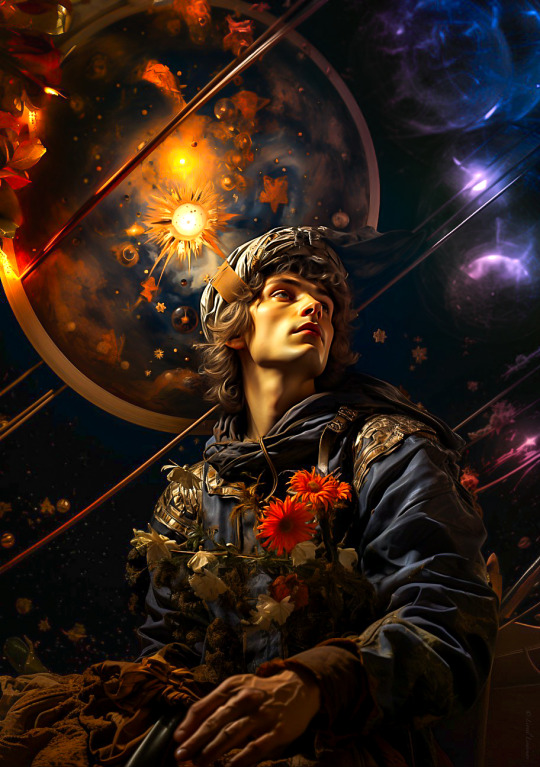
#ai#artificialintelligence#machinelearning#neuralnetworks#deeplearning#robotics#automation#futuretech#techart#digitalart#futuristic#cyberspace#algorithm#dataanalysis#innovation#computergraphics#virtualreality#augmentedreality#conceptart#scifi
21 notes
·
View notes
Text
This is where the line between leadership and manipulation must be drawn. Real leadership isn’t about forcing behavior resets. It’s about inspiring conscious evolution. Meta tried to shift its model from personal connections to entertainment algorithms, yet it failed to evolve its philosophy.
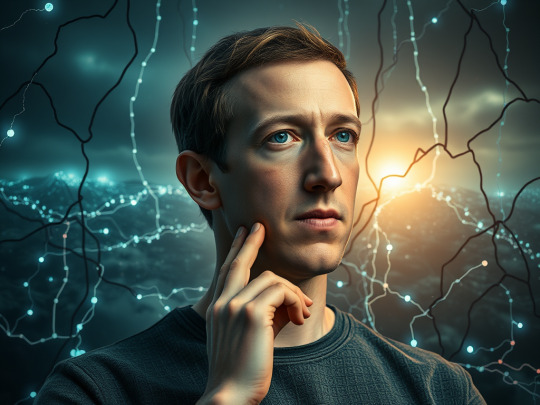
View On WordPress
#algorithmic manipulation#D. Leon Dantes philosophy#dark psychology in tech#digital identity#emotional infrastructure#illusion of choice#leadership and innovation#Mark Zuckerberg Facebook reset#Meta antitrust trial
0 notes
Text
From Recurrent Networks to GPT-4: Measuring Algorithmic Progress in Language Models - Technology Org
New Post has been published on https://thedigitalinsider.com/from-recurrent-networks-to-gpt-4-measuring-algorithmic-progress-in-language-models-technology-org/
From Recurrent Networks to GPT-4: Measuring Algorithmic Progress in Language Models - Technology Org
In 2012, the best language models were small recurrent networks that struggled to form coherent sentences. Fast forward to today, and large language models like GPT-4 outperform most students on the SAT. How has this rapid progress been possible?
Image credit: MIT CSAIL
In a new paper, researchers from Epoch, MIT FutureTech, and Northeastern University set out to shed light on this question. Their research breaks down the drivers of progress in language models into two factors: scaling up the amount of compute used to train language models, and algorithmic innovations. In doing so, they perform the most extensive analysis of algorithmic progress in language models to date.
Their findings show that due to algorithmic improvements, the compute required to train a language model to a certain level of performance has been halving roughly every 8 months. “This result is crucial for understanding both historical and future progress in language models,” says Anson Ho, one of the two lead authors of the paper. “While scaling compute has been crucial, it’s only part of the puzzle. To get the full picture you need to consider algorithmic progress as well.”
The paper’s methodology is inspired by “neural scaling laws”: mathematical relationships that predict language model performance given certain quantities of compute, training data, or language model parameters. By compiling a dataset of over 200 language models since 2012, the authors fit a modified neural scaling law that accounts for algorithmic improvements over time.
Based on this fitted model, the authors do a performance attribution analysis, finding that scaling compute has been more important than algorithmic innovations for improved performance in language modeling. In fact, they find that the relative importance of algorithmic improvements has decreased over time. “This doesn’t necessarily imply that algorithmic innovations have been slowing down,” says Tamay Besiroglu, who also co-led the paper.
“Our preferred explanation is that algorithmic progress has remained at a roughly constant rate, but compute has been scaled up substantially, making the former seem relatively less important.” The authors’ calculations support this framing, where they find an acceleration in compute growth, but no evidence of a speedup or slowdown in algorithmic improvements.
By modifying the model slightly, they also quantified the significance of a key innovation in the history of machine learning: the Transformer, which has become the dominant language model architecture since its introduction in 2017. The authors find that the efficiency gains offered by the Transformer correspond to almost two years of algorithmic progress in the field, underscoring the significance of its invention.
While extensive, the study has several limitations. “One recurring issue we had was the lack of quality data, which can make the model hard to fit,” says Ho. “Our approach also doesn’t measure algorithmic progress on downstream tasks like coding and math problems, which language models can be tuned to perform.”
Despite these shortcomings, their work is a major step forward in understanding the drivers of progress in AI. Their results help shed light about how future developments in AI might play out, with important implications for AI policy. “This work, led by Anson and Tamay, has important implications for the democratization of AI,” said Neil Thompson, a coauthor and Director of MIT FutureTech. “These efficiency improvements mean that each year levels of AI performance that were out of reach become accessible to more users.”
“LLMs have been improving at a breakneck pace in recent years. This paper presents the most thorough analysis to date of the relative contributions of hardware and algorithmic innovations to the progress in LLM performance,” says Open Philanthropy Research Fellow Lukas Finnveden, who was not involved in the paper.
“This is a question that I care about a great deal, since it directly informs what pace of further progress we should expect in the future, which will help society prepare for these advancements. The authors fit a number of statistical models to a large dataset of historical LLM evaluations and use extensive cross-validation to select a model with strong predictive performance. They also provide a good sense of how the results would vary under different reasonable assumptions, by doing many robustness checks. Overall, the results suggest that increases in compute have been and will keep being responsible for the majority of LLM progress as long as compute budgets keep rising by ≥4x per year. However, algorithmic progress is significant and could make up the majority of progress if the pace of increasing investments slows down.”
Written by Rachel Gordon
Source: Massachusetts Institute of Technology
You can offer your link to a page which is relevant to the topic of this post.
#A.I. & Neural Networks news#Accounts#ai#Algorithms#Analysis#approach#architecture#artificial intelligence (AI)#budgets#coding#data#deal#democratization#democratization of AI#Developments#efficiency#explanation#Featured information processing#form#Full#Future#GPT#GPT-4#growth#Hardware#History#how#Innovation#innovations#Invention
4 notes
·
View notes
Text
Beats, Bytes & The Future Sound: AI Meets Electronic Music
Electronic music has always been about pushing boundaries, breaking rules, and bending sound into new dimensions. Now, artificial intelligence is stepping into the booth, reshaping how beats are built, melodies emerge, and tracks come to life. This isn’t about robots replacing producers—it’s about a new creative partnership, where human intuition meets machine-driven possibilities.The Evolution…
#AI and sound design#AI beat generation#AI for producers#AI in electronic music#AI in music production#AI mixing and mastering#AI music algorithms#AI music collaboration#AI music creation#AI music technology#AI music trends.#AI rhythm generation#AI-driven sound synthesis#AI-generated beats#AI-powered music software#artificial intelligence in techno#artificial intelligence music production#automated music production#creative AI music#digital music production#electronic music and AI#electronic music tools#future of music production#machine learning music#music composition AI#music innovation AI#music production AI tools#music production tools#neural networks in music#sound design AI
0 notes